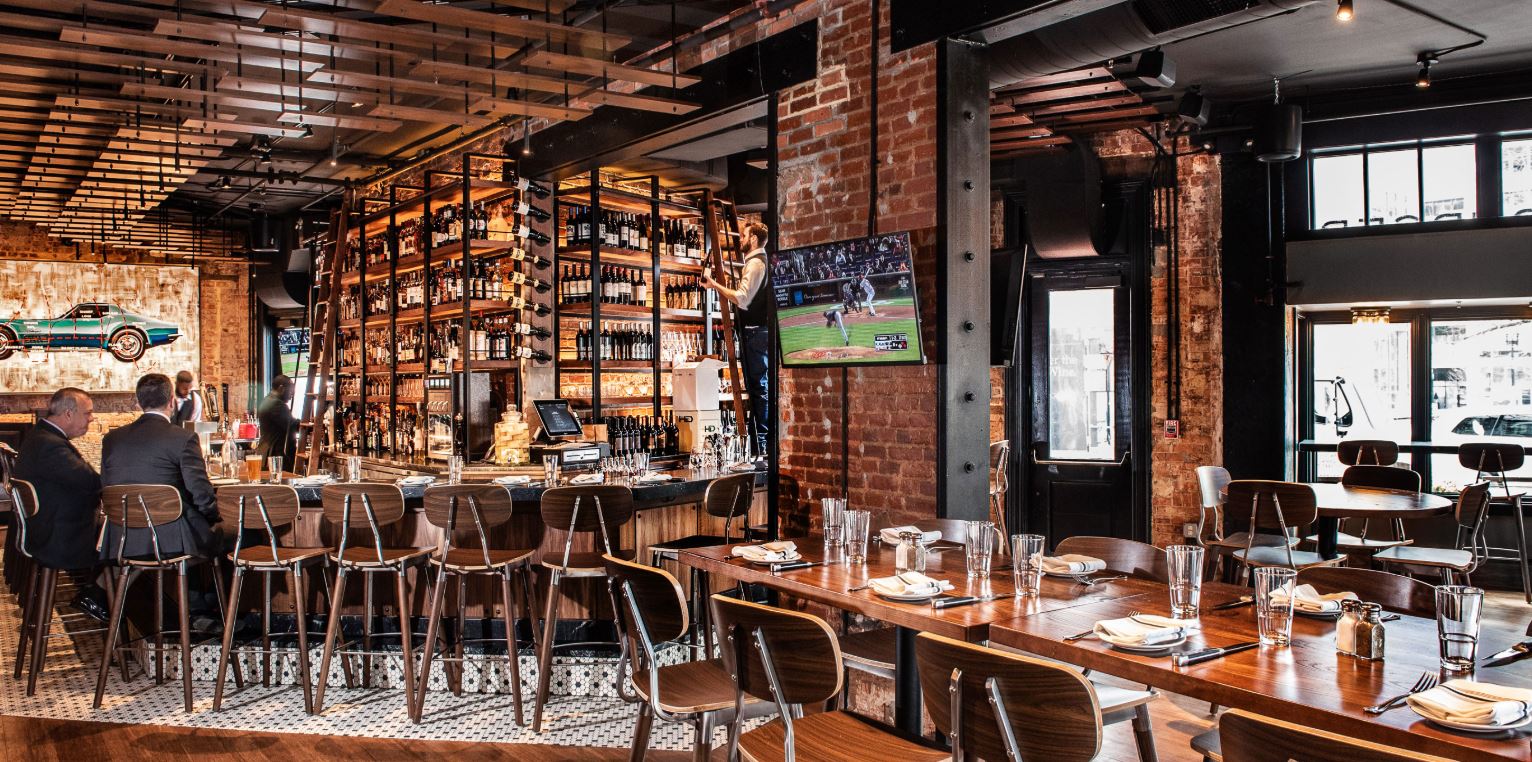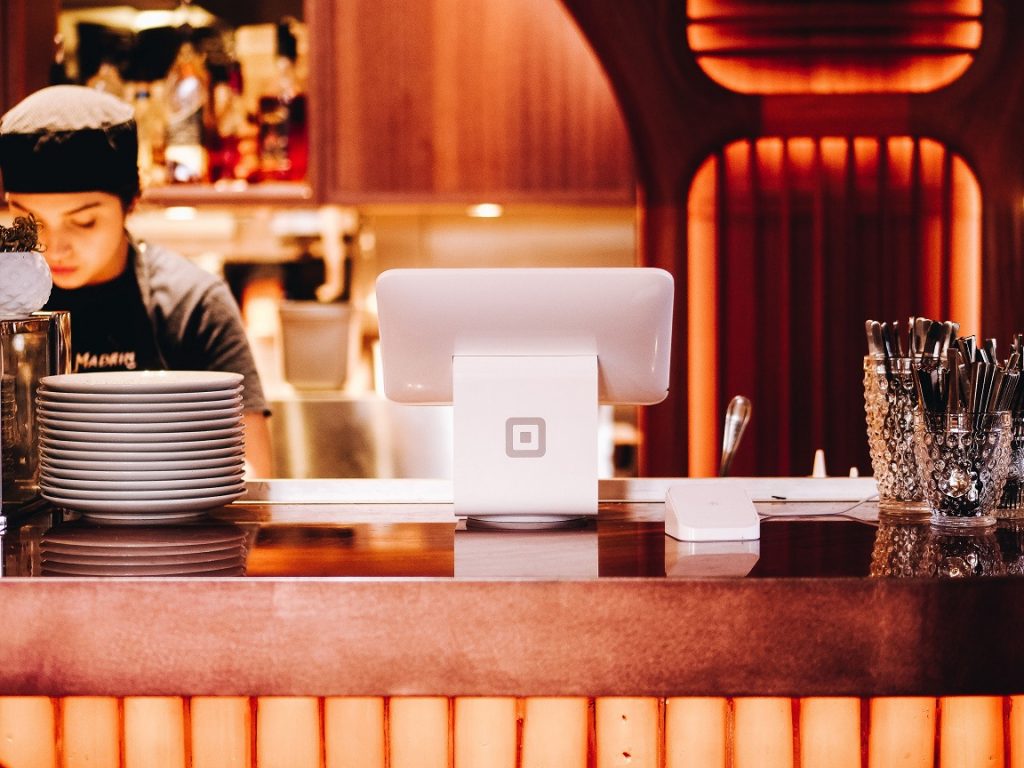Savor Genuine Eastern Food With a Pan-Asian Spin for a Culinary Experience
Getting started on a cooking trip with genuine Eastern food, improved with a Pan-Asian spin, offers a distinct chance to check out the abundant tapestry of flavors that specify the area's diverse culinary traditions. As you consider these tempting meals, think about the social stories and historical influences that shape them, each bite using a tale waiting to be discovered. asian restaurant isb.

Discovering Pan-Asian Flavors
In the world of worldwide gastronomy, Pan-Asian cuisine stands apart for its exceptional diversity and the unified interplay of tastes from numerous Eastern cultures. This culinary method celebrates the unique ingredients and rich practices discovered throughout the continent, creating a tapestry of preferences that is both satisfying and fascinating. Key to Pan-Asian cuisine is its capacity to stabilize contrasting tastes-- wonderful, salted, spicy, and sour-- while highlighting the freshness and quality of each component.
From the umami-rich soy sauce of Japan to the fiery chili peppers of Thailand, Pan-Asian food offers a comprehensive scheme of tastes. These elements are typically integrated in creative methods, enhancing recipes with layers of complexity. As an example, using fragrant herbs such as lemongrass and cilantro, usual in Vietnamese and Thai food, adds a refreshing brightness to recipes, while the incorporation of coconut milk provides a creamy, rich structure.
The emphasis on fresh produce and aromatic flavors ensures that each meal is not only a banquet for the taste however likewise for the detects. Pan-Asian food welcomes restaurants to start a culinary trip, exploring the vast and varied landscapes of Eastern gastronomy with every bite.
Combination Meals to Attempt
While Pan-Asian food is commemorated for its traditional flavors, the modern-day culinary landscape is significantly accepting fusion meals that mix these timeless aspects with impacts from other regions. This ingenious approach not just honors the rich heritage of Oriental cooking arts yet likewise presents novel taste experiences that interest modern palates.
An archetype of such a combination dish is the Korean-Mexican taco, where seasoned bulgogi beef is covered in a cozy tortilla, covered with kimchi and a spicy gochujang-infused salsa. This combination weds the vibrant, savory tastes of Korea with the vivid, fresh aspects of Mexican food. Similarly, sushi burritos have gained appeal, integrating the fragile artistry of Japanese sushi with the passionate, hand-held ease of a burrito, often including fusion components like tempura shrimp and avocado with a drizzle of wasabi mayo.
An additional significant recipe is Thai curry ramen, which infuses the creamy, aromatic spices of Thai curry into the soothing brew of conventional Japanese ramen, producing a harmonious blend that tantalizes the detects. These combination meals expand past plain novelty; they represent a cooking dialogue in between societies, urging exploration and advancement worldwide of Pan-Asian food.
Essential Components and Flavors
To really appreciate Pan-Asian food, one have to recognize the crucial components and seasonings that form its foundation. This diverse cooking design draws from a rich tapestry of Asian traditions, utilizing a harmonious mix of tastes and structures. Key components include soy sauce, fish sauce, and oyster sauce, which present a tasty umami deepness necessary to Eastern brunch near me dishes. Corresponding to these are rice vinegar and mirin, offering a delicate acidity and sweet taste.
Fragrant aspects are pivotal, read this with lemongrass, garlic, and ginger being ubiquitous throughout various Pan-Asian dishes. These active ingredients supply a great smelling base that enhances the complexity of flavors. Flavors such as star anise, cardamom, and cinnamon present heat and character, resembling influences from areas like China and India.

Food Preparation Techniques and Tips
Grasping the art of Pan-Asian cuisine requires familiarity with its distinctive food preparation methods, each contributing to the lively tapestry of tastes this cooking tradition is celebrated for. Central to these methods is the stir-fry, a fast food preparation technique that preserves the nutritional integrity and dazzling shades of components. Using a wok, the stir-fry technique permits for even warmth circulation, important for accomplishing the particular appearance and taste equilibrium of Pan-Asian meals.
An additional fundamental technique is steaming, specifically prevalent in Chinese cuisine. This mild approach preserves the all-natural tastes and nutrients of active ingredients, making it excellent for fish and shellfish and veggies. Dumplings, a precious staple, commonly take advantage of steaming, causing soft, delicious structures.
Grilling, additionally essential, passes on great smoky depths to dishes such as Oriental bulgogi or Japanese yakitori (Chinese food Islamabad). This navigate to these guys method commonly entails marinating ingredients, enabling flavors to penetrate deeply prior to cooking over an open flame or warmer
Last but not least, grasping the art of balancing tastes-- pleasant, sour, salted, bitter, and umami-- is crucial. Correctly layering these elements can raise a meal from average to remarkable, using a complex and satisfying culinary experience that symbolizes the essence of Pan-Asian food.
Dining Experiences Worldwide
Around the world, Pan-Asian cuisine supplies an unparalleled dining experience, celebrated for its rich tapestry of tastes and dynamic discussions. This cooking sensation has actually gone beyond cultural limits, capturing the hearts and tastes buds of food fanatics worldwide. In cosmopolitan cities fresh York, London, and Sydney, Pan-Asian dining establishments offer as fusions where cooking practices from Thailand, Japan, China, and past assemble, offering diners with a diverse mix of meals that highlight the area's variety.
The worldwide appeal of Pan-Asian cuisine lies in its capacity to supply both credibility and development. Chefs masterfully marry conventional ingredients such as lemongrass, soy sauce, and miso with modern techniques, resulting in dishes that are both acquainted and refreshingly new. This combination allows diners to get started on a culinary journey that respects heritage while embracing modernity.
Additionally, dining experiences are raised via thoughtfully developed environments that show the ethos of Pan-Asian looks. From minimalist Japanese-inspired insides to vivid Thai-themed spaces, each restaurant offers a special atmosphere that complements the cooking offerings. Consequently, customers are not merely taking in a meal yet partaking in a cultural experience, making Pan-Asian eating a truly global sensation.
Verdict
The exploration of Pan-Asian food supplies a profound understanding of the elaborate interaction of tastes and cooking customs across Asia. By welcoming blend recipes such as Thai curry ramen and sushi burritos, the cooking trip not only highlights the flexibility of typical ingredients but also showcases cutting-edge modern-day techniques. This gastronomic adventure, enriched by cooking methods and crucial flavors, provides a distinct opportunity to appreciate the social diversity and culinary virtuosity that specify Pan-Asian food on a global range.
Beginning on a cooking journey with authentic Eastern food, improved with a Pan-Asian spin, provides an one-of-a-kind opportunity to discover the rich tapestry of tastes that define the region's varied cooking traditions.In the world of global gastronomy, Pan-Asian food stands out for its exceptional variety and the unified interaction of flavors from numerous Oriental societies. Trick to Pan-Asian food is its capability to stabilize contrasting flavors-- sweet, salty, spicy, and sour-- while highlighting the quality and quality of each active ingredient.
